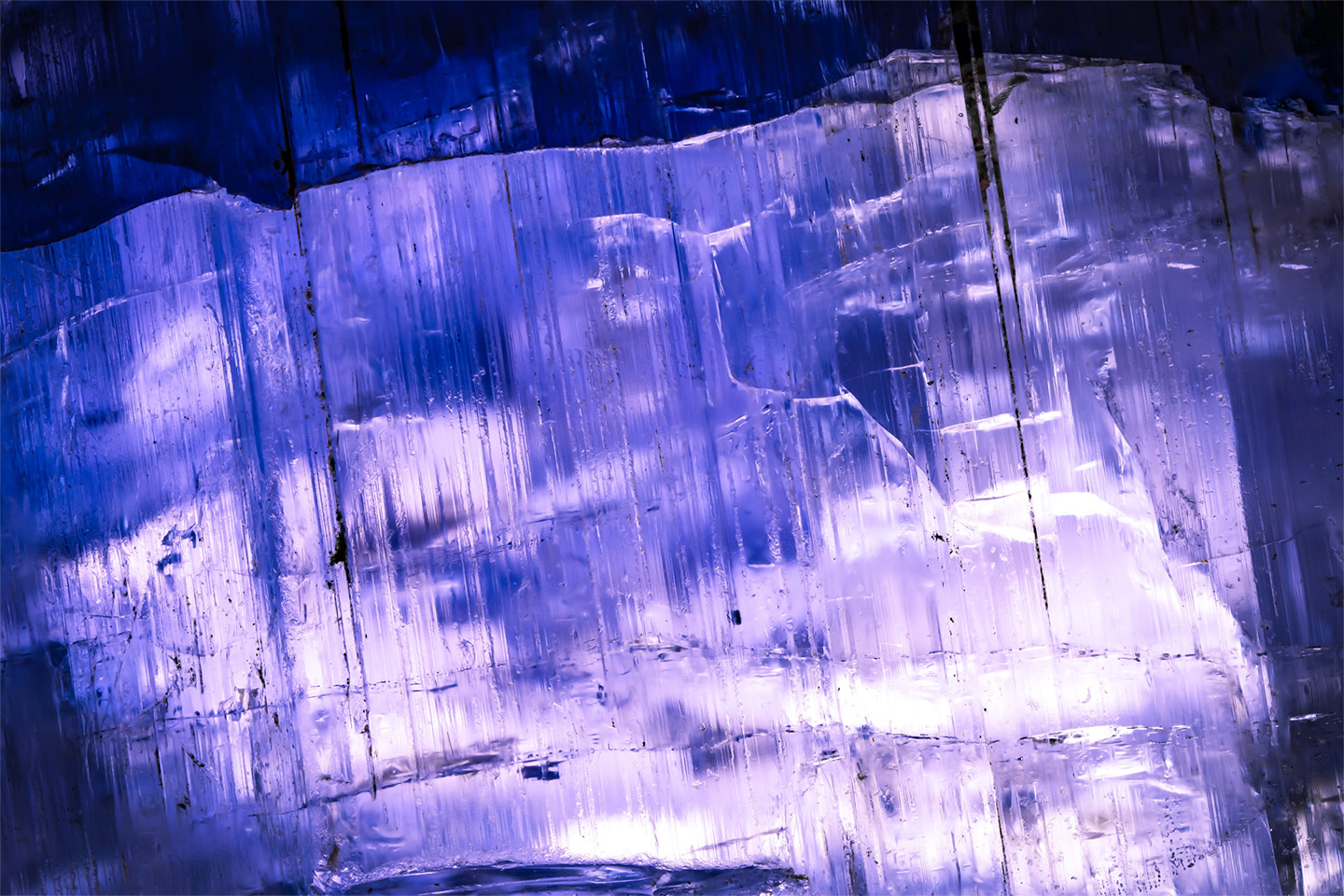
Tanzanite
Birthstone: December
24th wedding anniversary
Imagine being the person who discovered a gemstone rarer than diamonds. What a story that would make and that is the story of Maasai tribesman, Ali Juuyawatu, who discovered tanzanite in the hills of northern Tanzania near the majestic Mount Kilimanjaro.
As with all stories about finding treasure, there is a bit of a mystery about the discovery of tanzanite. The most commonly believed story is that Maasai herdsmen were tending their cattle in the hills of Tanzania not long after a fire had burnt the grasslands in 1967. Brown stones and rocks littered the landscape as per normal but this day the herdsmen notice a blue glow to some of the rocks. They took the rocks to a local amateurprspector, Manuel de Sousa, who thought he had a trove of sapphires in his hands. After identification procedures were done, it was discovered that the stones were in fact rare zoisite crystals.

Sometime in the earth’s geological past in the area around Mount Kilimanjaro two shelves of igneous rocks containing mineral rich magma were forced together by movement of continental plates mixing and combining the materials which eventually produced tanzanite gemstones. Gemstone crystals are formed by water and minerals squeezing their way into cracks in volcanic rocks. This occurs in many areas around the world where there is a history of volcanic activity. What is unusual in the case of tanzanite is to have some minerals from one plate mixing with minerals from another plate to produce such a unique gem. This is why it is only found at this particular site and is highly unlikely to be found elsewhere.
When tanzanite comes out of the ground it tends to a brown colour with hints of yellow, red and purple; to turn this rough crystal into the brilliant blue purple gem so admired ardmired, it needs some heat treatment. Quite gentle treatment compared to some gemstones, maybe half an hour at 600°C is all it needs to produce a world class beauty ready for the cutter’s table.
When Henry Platt, the then President of Tiffany & Co, first saw the tanzanite gemstones he declared it to be “the most beautiful gemstone to be discovered in 2000 years”. He had a problem with the name, Blue Zoisite; as he felt it would have no appeal, so re-named it ‘Tanzanite’ after the country in which it had been discovered and ordered his company to promote this gorgeous new gemstone.

Tanzanite is known as a ‘blue’ gemstone but it is so much more than that, its colours vary from light almost sky blue all the way up to a deep midnight blue. Add to this blue some flashes of red and touches of violet and purple and you can see why this gemstone really catches the eye.
Tanzanite rates 6.5-7 on the Mohs hardness scale
When grading diamonds, the whiter or near colourless the stone the higher the value, however with coloured gemstones the more vivid and saturated the colour the higher the value. Tanzanite has possibly the most beautiful blue tint in the gem world , even sapphires can be pushed to the background next to a magnificent fine tanzanite.
On top of the outstanding colour range, some tanzanite also has a unique ability to change colour depending on the angle it is viewed and not just from one colour to another but three different colours. In one exquisitely cut stone you could see blue, red and purple blaze before you as the gems turns from one side to another. This phenomenon is called pleochroism and it is quite rare, especially in a three colour range.

Tanzanite can also look a little different under various light sources, fluorescent lights show a bluer stone while incandescent show up the red colours more, candlelight can bring out burgundies and sunlight fires up the blues.
Tanzanite gemstones have only been mined for a few decades and are only sourced from one small strip of land barely 4km in length. They are exquisitely beautiful, nearly mined out and are 1000 times rarer than diamonds. Despite all this, diamonds are still considerably more expensive in like for like cut gemstones than tanzanite. A similar situation arose with Paraiba Tourmalines quite recently when it was discovered in the 1980s that within a decade the mine would be exhausted, resulting in nowadays, high quality Pariba Tourmaline gemstones reaching unbelievable ever growing values. So there is likelihood that Tanzinite may well follow this lead.
Shop Bespoke Jewellery
Special Unique Jewellery for Special People, look for your individual piece now.
For that important, memorable occasion, the ultimate gift is a one-of-a-kind Bespoke piece of Jewellery: a piece with special meaning and uniqueness, symbolising individuality.
You can also visit us in-store for a significant selection of stock for instant and immediate purchase.




